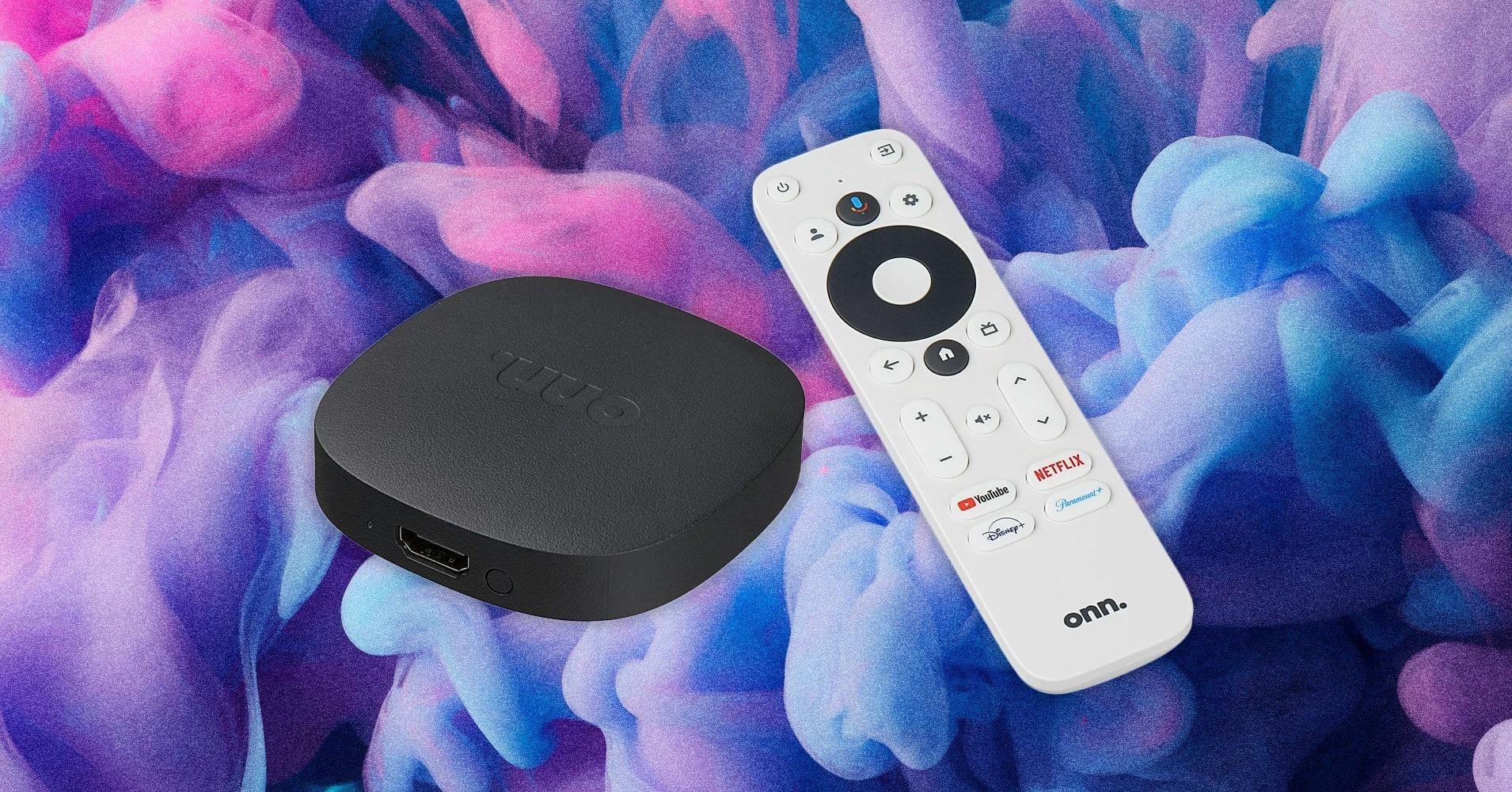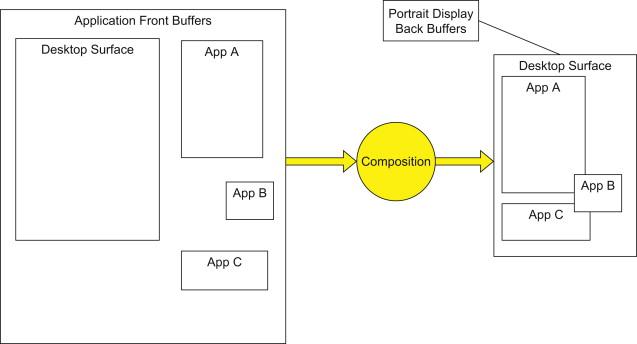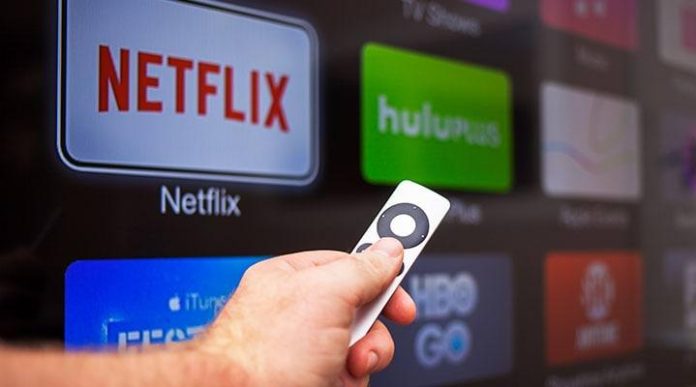In an era where entertainment is but a click away, the modern viewer’s dream is a seamless stream—a journey through digital landscapes uninterrupted by the dreaded buffering wheel or sudden drop in resolution. Welcome to “,” where we delve into the art and science of maintaining a flawless streaming experience. As we navigate the intricacies of bandwidth, device optimization, and network management, this authoritative guide will empower you with the knowledge to transform your living room into a personal theater, free from the frustrations of digital disruption. Whether you’re a casual binge-watcher or a die-hard cinephile, prepare to master the techniques that will elevate your viewing sessions to new heights of uninterrupted bliss.
Optimizing Your Network for Seamless Streaming
To ensure your streaming experience remains as smooth as a calm river, it’s crucial to focus on enhancing your network’s performance. Begin by examining your current setup and consider upgrading your router to a model that supports the latest Wi-Fi standards, such as Wi-Fi 6. This can significantly improve data throughput and reduce latency, providing a more stable connection. Placement matters—position your router centrally in your home to maximize coverage and minimize dead zones.
- Prioritize devices: Use your router’s Quality of Service (QoS) settings to prioritize bandwidth for streaming devices.
- Reduce interference: Keep your router away from microwaves, cordless phones, and other electronic devices that may disrupt the signal.
- Regular updates: Ensure your router’s firmware is up to date to benefit from the latest security patches and performance enhancements.
For those seeking a wired solution, consider running an Ethernet cable directly to your streaming device. This eliminates the variables of wireless interference and can offer a more reliable connection. Remember, a seamless streaming experience begins with a robust network foundation.
Choosing the Right Streaming Device for Your Needs

In today’s era of digital entertainment, selecting the perfect streaming device is crucial to transforming your living room into a seamless cinema experience. Whether you’re a die-hard binge-watcher or a casual viewer, the right device can make all the difference. Consider the following aspects to tailor your choice:
- Compatibility: Ensure the device is compatible with your existing TV and sound system. Check for HDMI ports, Wi-Fi connectivity, and Bluetooth capabilities.
- Content Availability: Different devices offer access to various streaming services. Roku and Amazon Fire Stick are known for their extensive app libraries, while Apple TV excels in integrating with other Apple services.
- Performance: Opt for devices with high-speed processors and ample storage to avoid buffering. Devices like the NVIDIA Shield TV cater to those who prioritize top-tier performance.
- User Interface: A user-friendly interface can enhance your viewing experience. Devices with intuitive navigation and voice control options, such as Google Chromecast with Google TV, offer convenience and ease of use.
By carefully weighing these factors, you can ensure that your streaming setup not only meets your entertainment needs but also elevates your overall viewing experience. Remember, the right choice can turn every night into a cinematic adventure.
Mastering Buffer Management for Smooth Playback

In the fast-paced world of streaming, nothing is more frustrating than a choppy video. The secret to seamless viewing lies in understanding and optimizing buffer management. Buffers act as the middlemen between your internet connection and your device, ensuring a smooth flow of data even if your network momentarily hiccups. To achieve uninterrupted playback, it’s crucial to fine-tune your buffer settings. Consider increasing your buffer size if you often experience network instability. This allows more data to be preloaded, reducing the risk of interruptions.
- Network Stability: Ensure your internet connection is robust and reliable. Consider upgrading your plan if necessary.
- Device Capability: Use devices that can handle high-definition streams without lag.
- Streaming Platform Settings: Adjust settings on your streaming service to optimize for your connection speed.
Moreover, adopting a proactive approach to buffer management involves leveraging tools and plugins designed to enhance streaming quality. Enable adaptive bitrate streaming where possible, allowing your device to automatically adjust video quality based on available bandwidth. This technique not only smooths out playback but also conserves data, offering a dual benefit. Remember, mastering buffer management is not just a technical task but an art, one that transforms your viewing experience from frustrating to fluid.
Exploring Advanced Settings for Peak Performance
To ensure a seamless streaming experience, diving into the advanced settings of your streaming platform or device is essential. These settings, often overlooked, hold the key to optimizing both video quality and load times. Begin by adjusting the buffer size. A larger buffer can prevent interruptions during playback, especially if your internet connection is less than stable. Additionally, toggling the hardware acceleration option can offload processing tasks from your CPU to your GPU, allowing for smoother video rendering.
- Resolution Adjustments: Lower the resolution for more stable streaming if bandwidth is an issue.
- Network Priority: Set your device as a priority on your network to allocate more bandwidth for streaming.
- Codec Selection: Choose the latest codec options, like H.265, for efficient compression without quality loss.
For those with smart TVs or streaming boxes, explore the device-specific settings. Often, these gadgets come with unique features like dynamic refresh rate adjustments or energy-saving modes that can be fine-tuned for optimal performance. By taking the time to configure these advanced settings, you not only enhance your viewing experience but also ensure that you are getting the most out of your streaming service.



